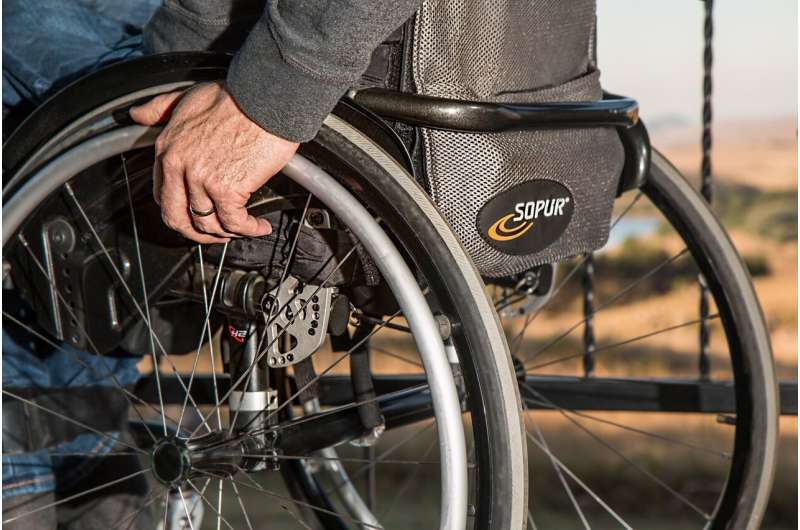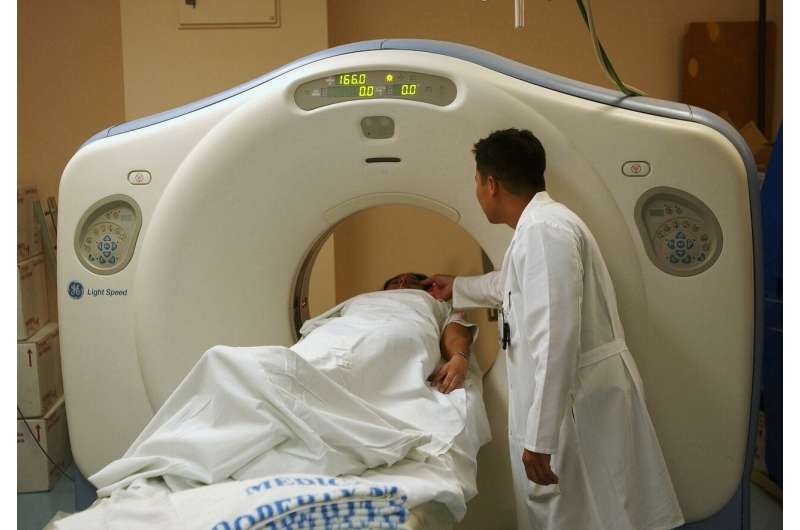How Immune Cells Use 'Mini-Hulk' Mechanics to Navigate Tight Spaces in Tissues

A groundbreaking study uncovers how immune cells, dubbed 'mini-Hulks', generate forces to push through tissues, ensuring effective immune surveillance and response. This mechanism involves a central actin structure that helps dendritic cells navigate tight spaces safely, with implications for understanding immune deficiencies.
Recent research by the Sixt group at the Institute of Science and Technology Austria (ISTA) reveals a fascinating mechanism used by immune cells, specifically dendritic cells, to traverse complex and confined tissue environments within the body. These immune cells rely on their robust cytoskeleton to exert forces on their surroundings, allowing them to push through tissues without causing excessive damage. The study, published in Nature Immunology, uncovers how dendritic cells activate a central actin structure—akin to a 'mini-Hulk'—that functions like a mechanical force to displace obstacles and create pathways for migration.
Dendritic cells play a vital role in immune surveillance, patrolling peripheral tissues such as the skin for pathogens. Upon detecting an infection, they migrate toward lymph nodes to initiate immune responses by interacting with T cells. Their journey through three-dimensional tissues can be fraught with physical barriers. While some cells secrete enzymes to digest and clear the path, dendritic cells employ a different strategy to avoid damaging tissues.
When encountering narrow spaces too tight to pass through, dendritic cells assemble a specialized actin structure at their center. This actin mesh generates outward forces—similar to a 'mini-Hulk'—that push against surrounding obstacles, effectively repositioning tissue fibers and opening a passage. This mechanism allows the cells to move forward smoothly, maintaining tissue integrity.
The research team also demonstrated that mutations in the Dock8 gene impair this process. Dendritic cells lacking functional Dock8 cannot form the central actin structure necessary for force generation. As a result, these defective cells become trapped in tissue barriers, extend abnormal protrusions, fragment, and ultimately die. This insight helps explain the immune problems seen in individuals with Dock8 mutations, which cause a rare immunodeficiency characterized by recurrent infections.
This discovery highlights a new aspect of cellular migration, emphasizing the importance of coordinated force generation at both the front and center of immune cells. It advances our understanding of how immune cells efficiently navigate the body's complex tissue landscape without compromising their own structure or function.
For more details, see the original publication: Reis-Rodrigues, P. et al., "Migrating immune cells globally coordinate protrusive forces," Nature Immunology, 2025.
Stay Updated with Mia's Feed
Get the latest health & wellness insights delivered straight to your inbox.
Related Articles
Radiopharmaceutical Use in Stereotactic Radiation Shows Promise in Delaying Prostate Cancer Progression
A groundbreaking clinical trial reveals that adding a PSMA-targeted radiopharmaceutical to stereotactic radiation therapy can significantly delay prostate cancer progression, offering new hope for patients with limited metastases.
Decline in Preventive Heart Screenings Among Disabled Adults During the Pandemic
A new study reveals that preventive heart screenings for adults with disabilities declined sharply during the COVID-19 pandemic, worsening existing healthcare disparities. Learn about the implications and needed improvements in care access.
Pre-Conception CT Scans Linked to Increased Risks of Miscarriage and Birth Defects
A large-scale study links pre-conception CT scans to increased risks of miscarriage and birth defects, stressing caution in imaging women planning pregnancy.
Susan Monarez Moves Closer to Leading the CDC Through Senate Confirmation
Susan Monarez is on track to become the next CDC director after a Senate health committee vote; her confirmation could mark a significant leadership change amid ongoing public health debates.



